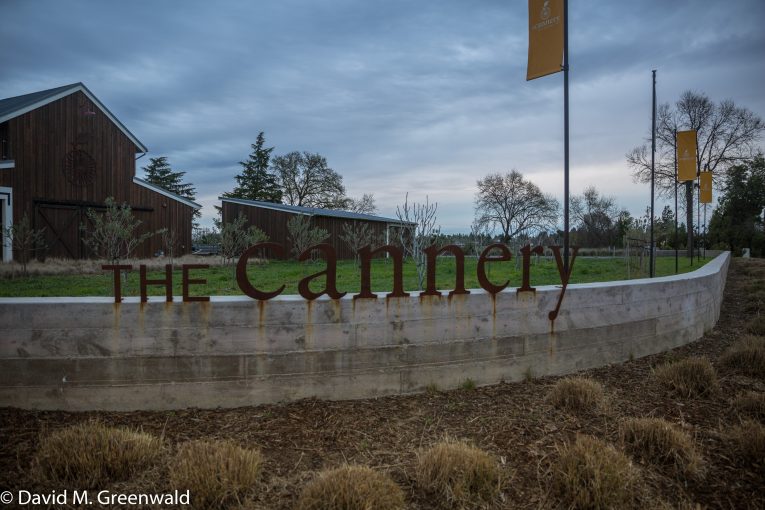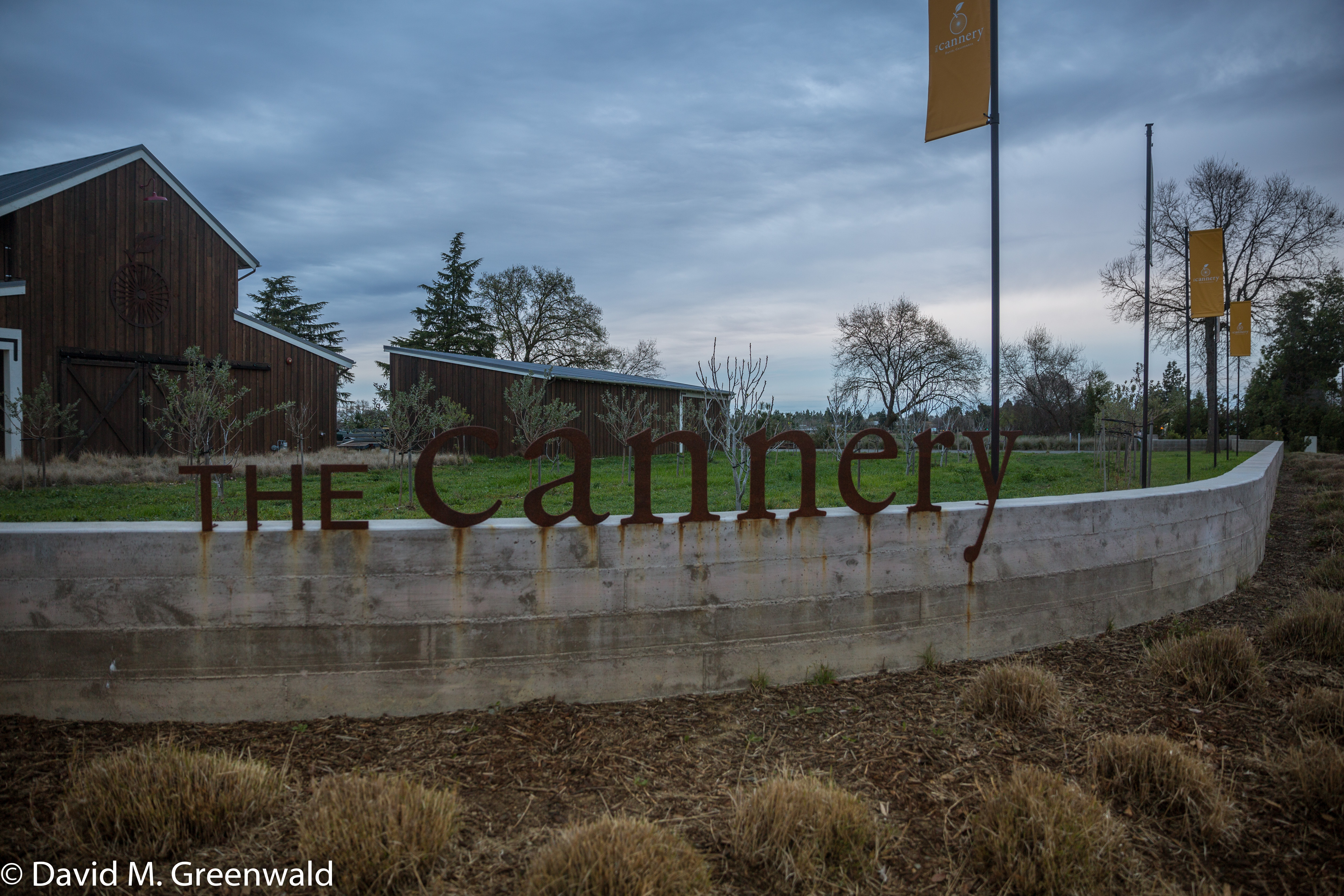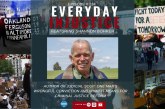

By David M. Greenwald
Executive Editor
Davis, CA – The League of Women Voters (LWV) is presenting to the Davis City Council this week, “A Vision of Our Future in Davis” Report.
Back in September 2023, the LWV contacted the City Council with their report. The final report was published on the League’s website in November 2023. The League offered a short presentation to the City Council to encourage community dialogue and to acknowledge project participant engagement.
About 900 people from the community participated in the five focus groups, sharing their thoughts on the future of Davis.
Housing was a big focus, naturally. The participants most often named housing as the  element that they gave “highest priority.”
element that they gave “highest priority.”
Participants, the report summarized, “believe that the City would avoid lawsuits and NIMBY attitudes if the public was better informed about proposed projects that might affect them and their neighborhoods.”
Among the key findings:
- Acknowledged the need to increase density and suggested several ways this could be achieved.
- Thought that infill should be completed before the City expands into the urban reserve.
- Felt that the preservation of some contiguous farmland is important; they wanted to keep the agricultural nature of the Davis environment.
- And most felt that open space is necessary to make Davis livable, but recognized that additional housing is also necessary, that trade-offs have to be made, and managed growth has to be smart.
In addition, many recognize the need for economic development “which would increase the chances of residents being able to work and live in the same community.”
The survey found, “Many favored the addition of another research park.”
There were robust discussions of how to improve transportation in and around the City of Davis.
- A majority of participants believe that Unitrans is a community asset but few of them know how to use it.
- They think that public transportation, as it is now available, and the use of bicycles are not enough to reduce car use in Davis.
- They like the idea of making downtown Davis a more attractive and walkable area.
- They would also like to see stronger enforcement of traffic rules for bicycle riders.
- They are skeptical about the value of imposing parking fees, as they think this would encourage residents to shop outside of Davis.
LWV pointedly noted it “is not advocating for any of the suggestions or opinions stated in this report. We merely aim to demonstrate which strategies for addressing the issues facing Davis are likely to be most readily supported by Davis residents, and which ones may be harder to promote.”
In their presentation on the Focus Group results, the LWV started with a question about SACOG and the Housing Element.
They found that “the focus group participants felt that those needs would be difficult to meet because of the limited infill land available, the constraints of Measure J, and the cost of land and housing construction. Many had difficulty envisioning the possibility of attractive, well-built housing for low-income families being constructed in Davis…”
Some of the suggestions included (truncated for space here):
- The need for more open and flexible zoning was frequently brought up, including the need to loosen restrictions on auxiliary dwelling units.
- Without exception, the participants were disappointed with the decision of the owner of University Mall to withdraw the housing portion of the project. Participants wondered if more flexible zoning (“form-based zoning”) could have prevented that outcome.
- Many agreed that the City should complete all infill projects before expanding into the urban reserve.
- Participants expressed willingness to accept higher density – to build up rather than out.
- If Davis is to prevent urban sprawl, some suggested, the City should be planning for smaller houses on smaller lots.
- Several suggestions focused on moving the City Public Work Corporation Yard (on 5th Street) outside the City and constructing housing on that property.
On Measure J: “The groups’ opinion of Measure J as a method to regulate growth was mixed. Some simply thought it has worked thus far to keep Davis from urban sprawl and should remain intact as amended in Measure R.”
“Others thought it should be revised so that the restrictions on growth are not so onerous and likely to work against meeting our housing needs. One way would be to redefine the City perimeter. Another might be to require 60% opposition to a project before approval is withheld.”
On affordable housing:
- The groups realized that funding the Housing Trust Fund is problemati It was suggested by some that the City should tax residents to capitalize the Housing Trust Fund.
- In general, the participants thought that the City relied too much on developers “piggybacking” the building of affordable housing on the creation of large developments. As a result, the affordable housing is rapidly regarded as part of the general development and often doesn’t stay affordable.
On land use:
- Davis is no longer a “small town.” We need to densify. We don’t need “slow growth”; we need “smart growth.”
- All agreed that open land, once available and relatively inexpensive, is now largely unavailable and costly. The participants believe that open space projects should be approached cautiously and be carefully planned.
On economic development:
- A research park was the most commonly mentioned project that could be approved by the electorate.
- Several thought that the City should partner with the UC Davis to develop a research park. They reasoned that the university had plenty of land available and that a joint venture could be possible.
- Others thought that a research park could be built on the periphery of the City.







Good to see this survey. It provides a useful baseline. I can see a few points for more education, like the perception about parking fees (parking congestion that would be relieved by fees is more likely to drive customers out of town). They also will have to be educated about the scale of the cost of a Housing Trust Fund (potentially hundreds of millions). And that UCD ag land is more valuable than the privately held land around the city.
https://drive.google.com/file/d/1bWfg-p2HSb4dch-Nf0i-LxPW0rh3MhdU/view
Emphasis added.
Fact Check …
.
99 percent false: Less than 70 people from the community participated in the five focus groups, sharing their thoughts on the future of Davis. 900 people in 5 focus groups would have been just short of 200 people per focus group. There were 935 people who responded to the survey.
.
Mostly false. Housing was not a big focus of the survey … naturally or otherwise. The survey purposely did not focus on any one of the eight Mandatory Elements or the five Supplementary Elements. All 13 were given equal weight. An image of the actual survey document appears below.
Further, the results of the survey are noteworthy because all of the Elements scored highly on the 1 to 4 point scale.
— All but Noise scoring between an average of 3.15 and an average of 3.68.
— Housing did score the 3.68, but that was less than 5% higher than Social Justice, which scored 3.52
— Given the construction of the survey and the collection methods, the Margin of Error was well in excess of 5%
— The survey results were gathered just prior to the stabbing deaths, which makes it more than likely that the 3.39 average score for Safety would have increased by at least 10% if the survey results had been gathered after the stabbing deaths. That 10% bump would have put Safety higher than Housing.
.
Mostly false. The 935 participants in the survey had no opportunity to provide any such opinion. The quote comes from a selected number of the 70 participants in the focus groups … the selection from the 70 could have been as few as 2 out of the 70.
.
Completely false. The 935 participants in the survey had no opportunity to provide any such opinion.
I could go on, but I think yo get the drift.
https://www.davisvanguard.org/screenshot-2024-02-05-at-12-46-01-pm/
Thanks for supplying actual facts, Matt. As soon as I saw that the author of this so called Breaking News, gave equal weight to “some” people who believe Measure J/R/D “has worked thus far” and “some” who “thought it should be revised,” I realized this was yet another cherry-picking opinion piece rather than a factual report. This pattern of trying to disguise opinion as fact is a poor excuse for journalism.
This is from the report… given that, would you say your comment is fair or not?
David, who is “the group”? It is not the 935 survey respondents. The survey questions did not give them any opportunity to comment on Measure J. It definitely was not all of the fivefocus groups. It was one group out of the five. On average 70 divided by 5 is 14 people in each group. So the opinion of 14 people of Measure J was mixed.
Take some time to check your facts before you publish them.
Respectfully submitted.
Jiminy Cricket
Take the straight and narrow pathAnd if you start to slide,Give a little whistle!Give a little whistle!And always let your conscience be your guide!And always let your conscience be your guide!
Fair enough.
Staff report contributed to my misunderstanding: “More than 900 community members filled out the League’s contact survey and many participated in the five focus groups that shared their thoughts and ideas for the future of Davis.”
That’s where I pulled the statement from.
Obviously, a lot of work went into this, and it likely provides some useful data. But it’s very frustrating that in a town where 58% of the residents are renters, 66.5% of those surveyed were homeowners. That distorts any findings considerably.
The assertion that “renters and younger persons may be less likely to be planning to continue to live in Davis” is not evidence-based and disregards long-term renters who are priced out of homeownership but continue to live here. The comment that “our sample is likely to represent those residents who have a long-term interest in the future development of Davis” unfortunately is a clear form of bias.
I have respect for this organization and appreciate the effort here, but this is very frustrating.
Don raises a good point. To help ease the frustration here are some first hand observations about the survey process (I am the Treasurer of the local League of Women Voters (LWV) chapter, and was their computer resource for creating the various documents that were used).
The survey was administered by individual LWV members at the Farmers Market (both while tabling and while circulating through the Market with a clipboard) annd other sites in the community like the courtyard at the big Nugget and Council Chambers. The members asked passersby whether they lived in Davis, and if they did, would they like to fill out a General Plan Update survey.
The 66.5% probably is reflective of the possibility that two thirds of the Davis residents who go to the Farmers Market are homeowners. Either that, or renters are (A) more likely to decline the opportunity to participate in a survey, or (B) are less likely to have an interest in the City of Davis’ General Plan and/or any update of that Plan. Of course there may be a number of other reasons why the renter percentage is low.
The goal of the survey was not to arrive at definitive answers, but rather to demonstrate to City Council and City staff the level of interest in (1) the General Plan, (2) the individual Elements of the Plan, and (3) the Update process. The survey results clearly show that the level of interest in all three of those areas is very high … ranging from a high of 92 out of 100 to a low of 79 out of 100 on all the Elements except Noise, which still had a 69 out of 100 interest average.
The message to the Council and staff is that Davis residents are very interested and want to be involved. The frustrations Don is understandably voicing can/should (dare I say will) be addressed when the City picks up the gauntlet that the LWV and the survey participants have laid down … and conduct much more in depth education/engagement with the community about the General Plan.
The one HUGE frustration for me personally is that despite the use of the word Vision, not a single moment of the survey process or the focus group meetings was spent talking about what a Vision for the future of Davis could/might be. So, while seconding Don’s frustrations, I will add that one.